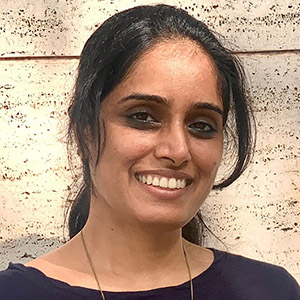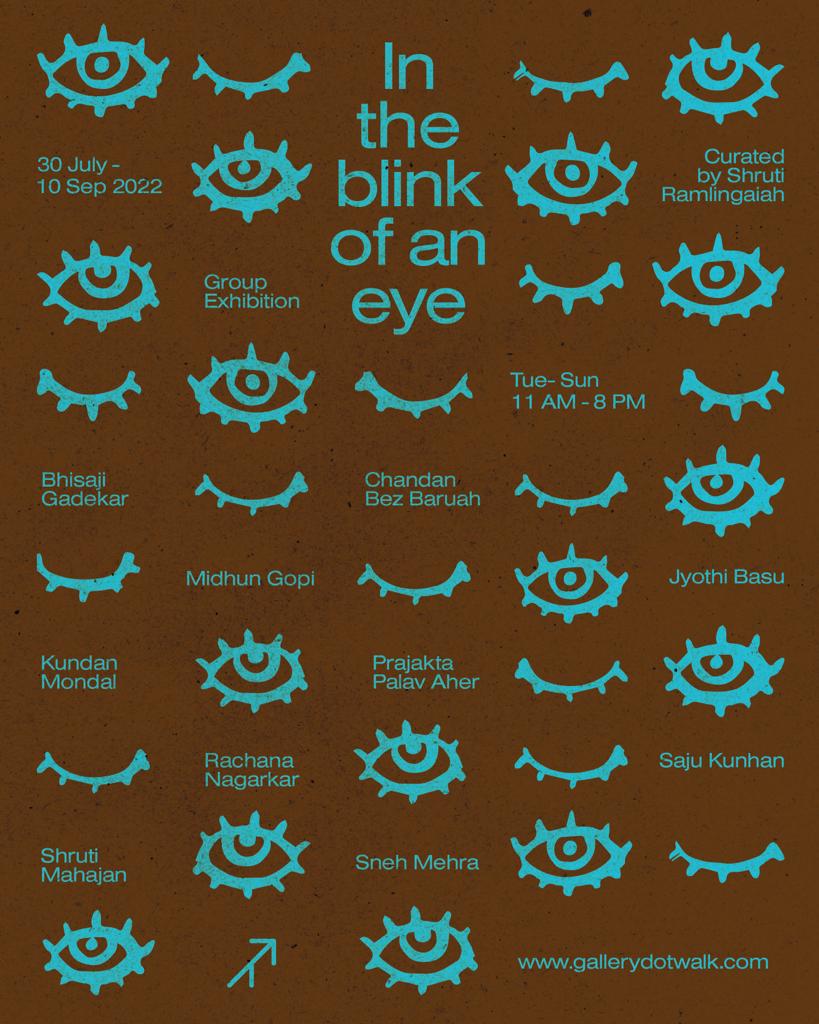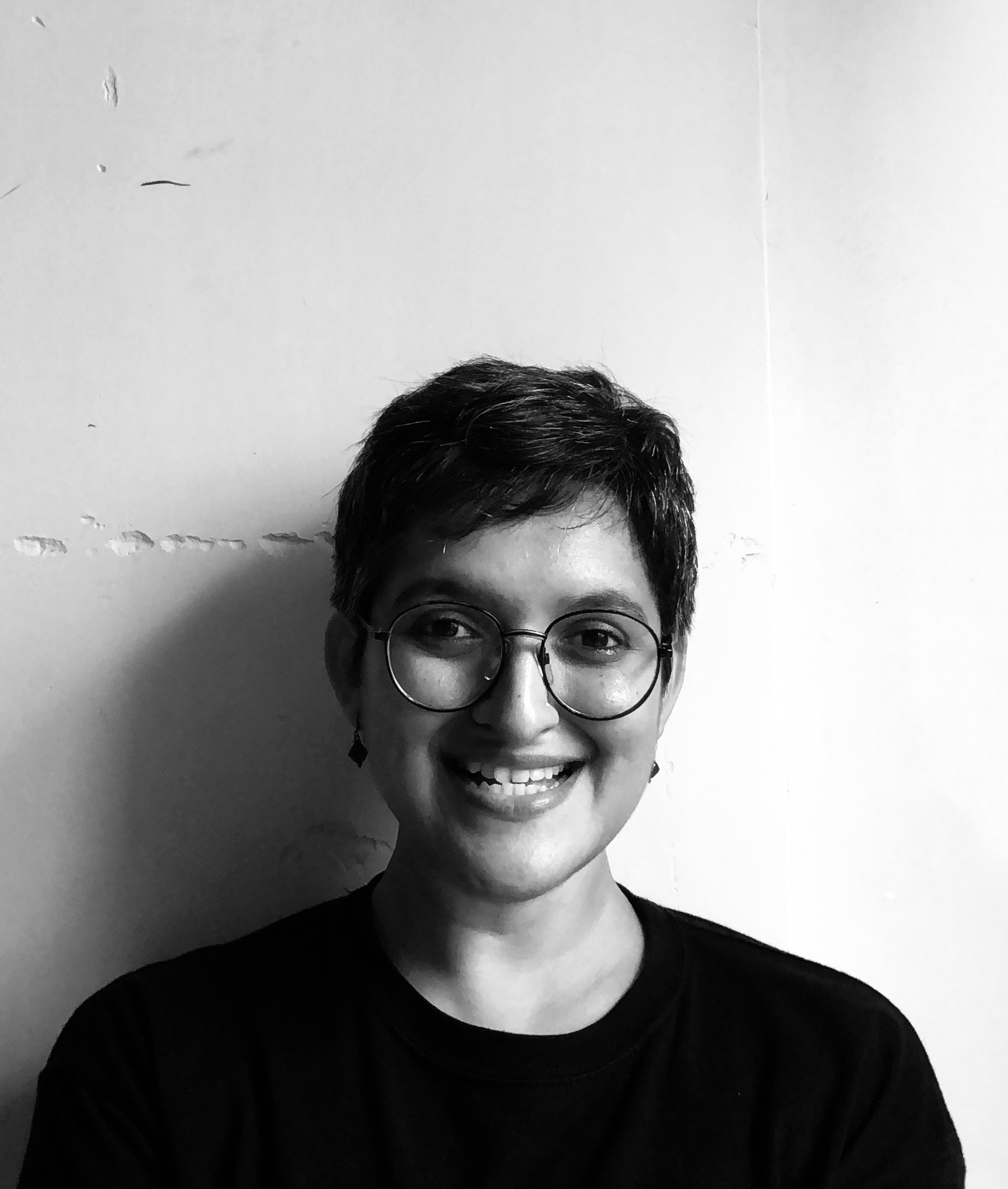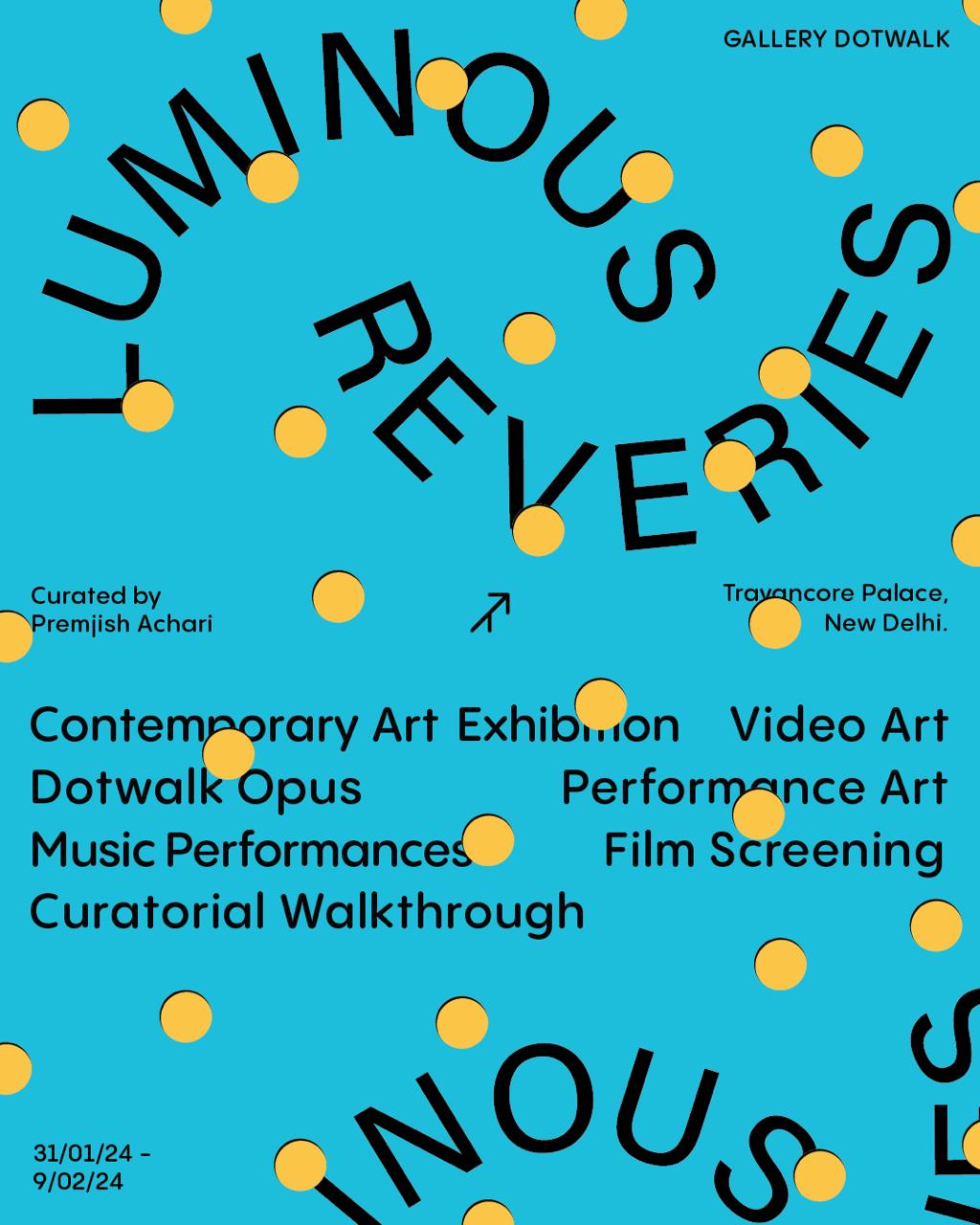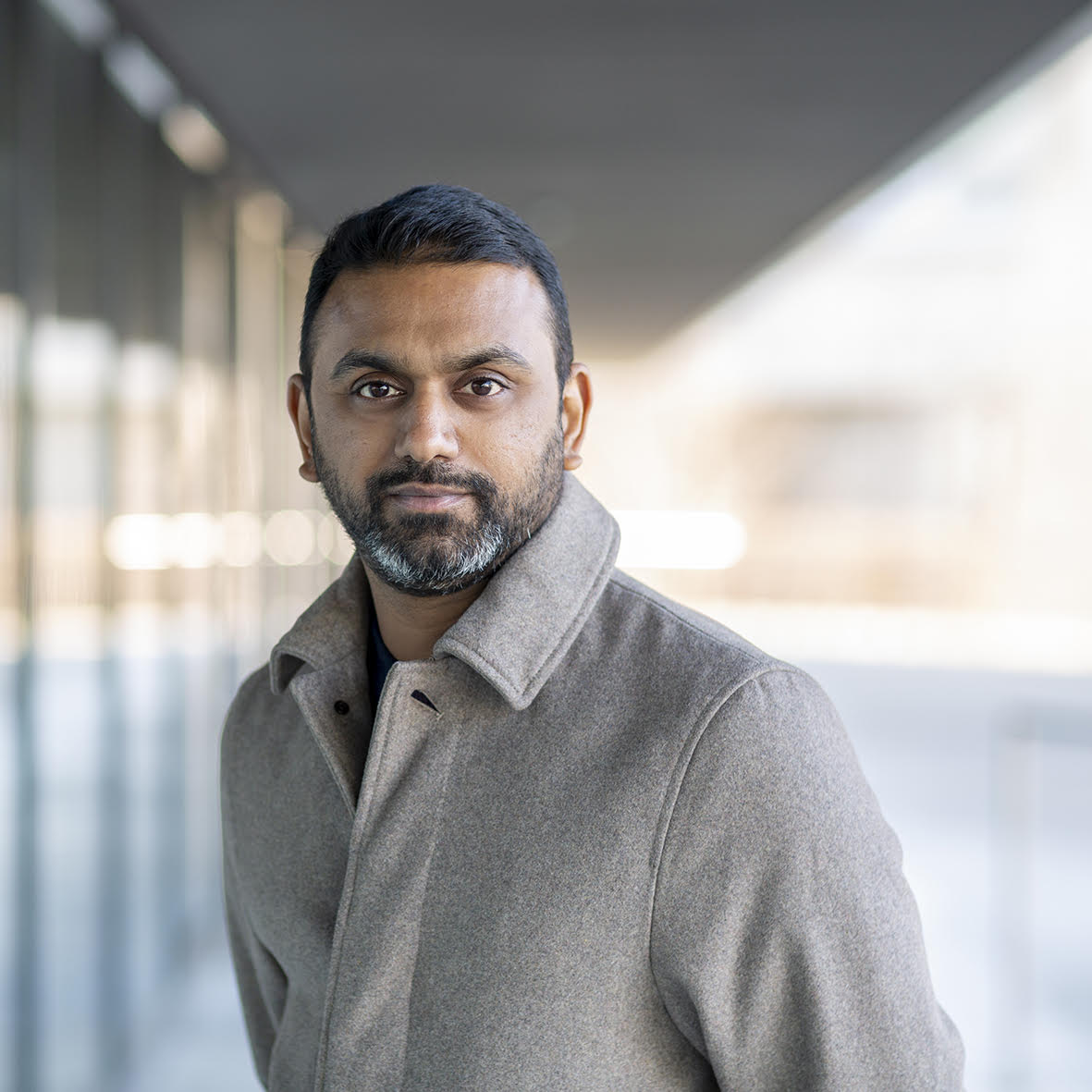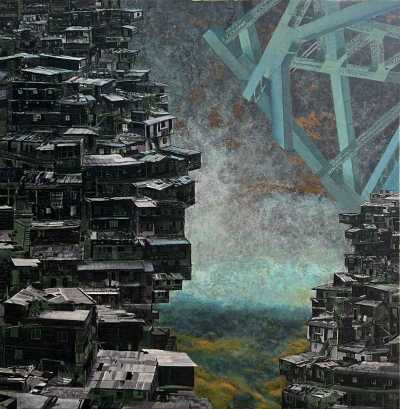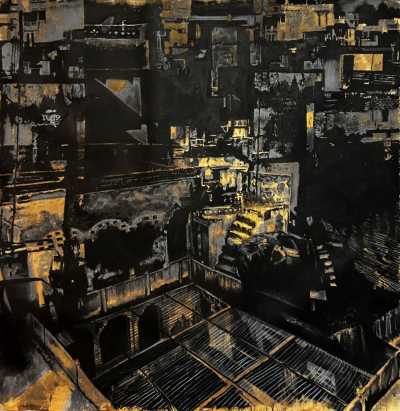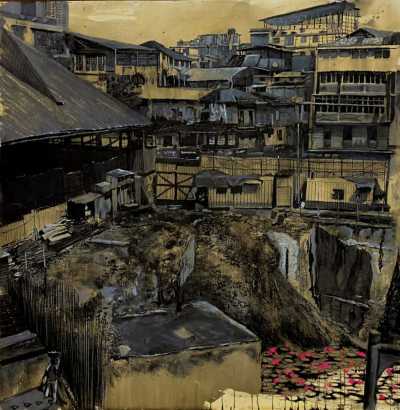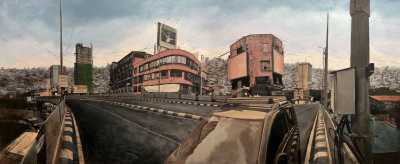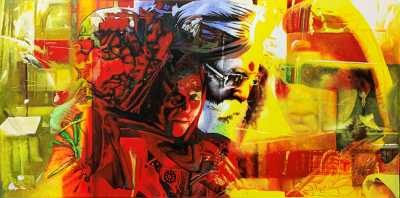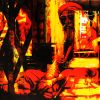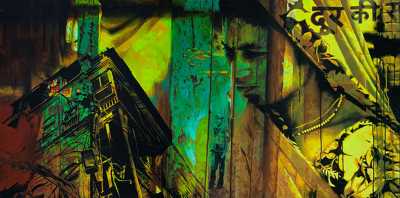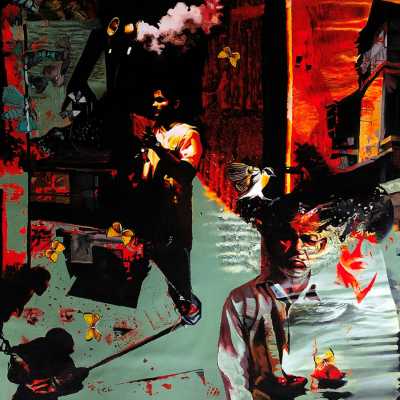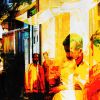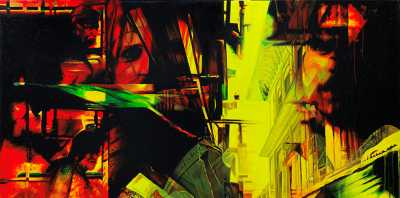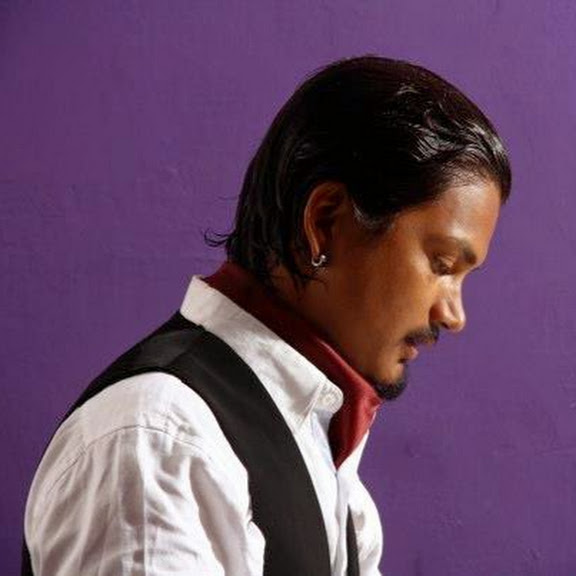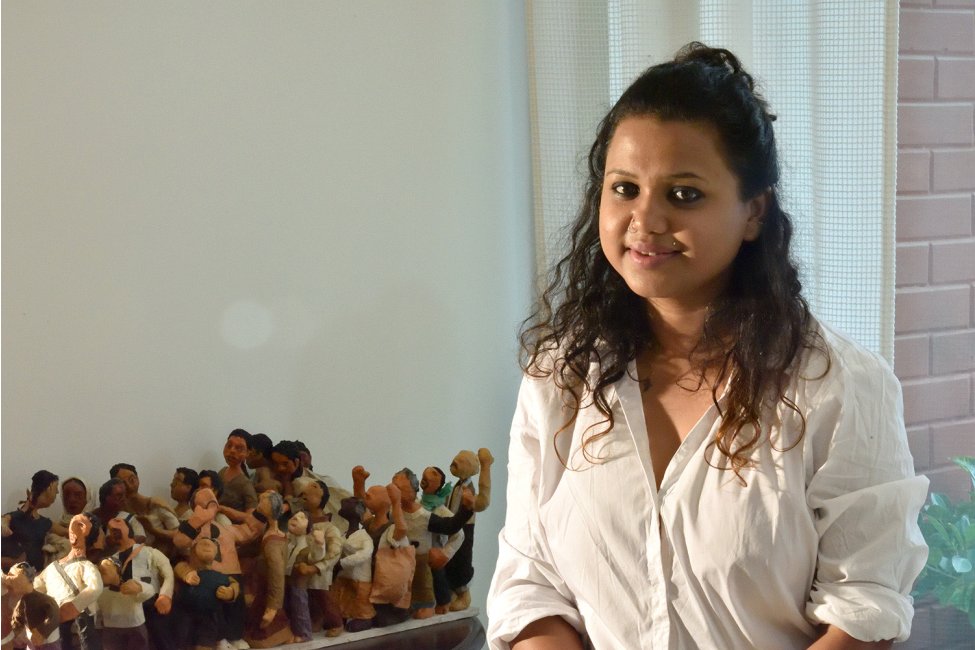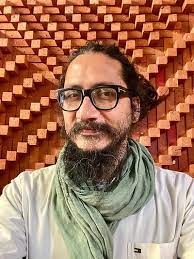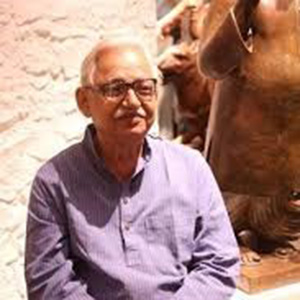Born in 1979, Mumbai. Rachana Nagarkar’s creative journey always revolves around the life of the children of a lesser god. The street children, the working people, the rat race in Mumbai, which is the city that is a metaphor rather than a
Born in 1979, Mumbai. Rachana Nagarkar’s creative journey always revolves around the life of the children of a lesser god. The street children, the working people, the rat race in Mumbai, which is the city that is a metaphor rather than a place for her... A socially inclined artist, she uses her creative energy as a political weapon to fight the inequalities in the society.
In her paintings and drawings that have a photo-realistic rendering, we can see vibrant and cheerful human beings. But deep within these gleeful faces skilfully portrayed in all details, we can feel the turbulence of the society they live in. She touches upon the politics of representation by giving face to the urban poor and by representing the urban rich by surrogate images like speeding cars and other desirable objects.this way her representation becomes a political act. “In this sense, my works are representationally critical and critically representational,” she adds. Through these paintings, she has always strived to unlock the rusted bolts and clogs of human mind they might never ever want to open, says Rachana Nagarkar. There is something more thought provoking behind the idea which she calls the illusion. The illusionist forms are those which you could see while thinking, sleeping, even while walking, according to her.
You need not brainstorm to communicate with these works that tell the stories of the human spirit and its struggles. These compositions tell the stories of humanity that everyone can relate.
The way she uses detailing to create the impression of the struggle of humanity is simply exceptional, as seen in the series ‘Here I am’, where we experience the sharpness of her lines and the finesse in detailing. They are all migrant labourers who toiled hard to build the city, but were forced to leave the place in the wake of the pandemic, or were denied of the daily bread, thus putting their survival under stake. They toiled day in and day out, making the urbane life more comfortable for two square meals a day and to meet their bare necessities. However, they were forced to leave the place, which left them hungry. This is not just the story of Mumbai, but that of every single city. Rachana took her palette and brush to portray those unknown citizens who were denied of their existence.
The dichotomy between the seen and the unseen, the cycle of sorrow that consumes our happiness, is what she explores in her compositions that delve into the uncertainties of the darker alleys of urban life. The visible things are always quantifiable but if you look deep into the concealed mind, you will always find a diverse situation than what you imagined. “There are sorrows behind gleefulness same as there is death behind the lives,” says the artist.
She has also done a few installations, including ‘Crossmopolitan’, which is homage to the commuters who became victims of serial railway bomb blasts in Mumbai on July 11, 2006.
The sad plight of the young children in the metropolitan city is also a focal area for this artist. The corrupt world today strips the children of their innocence early on in life, and this trauma faced by the kids in the modern society always haunts her, says Rachana Nagarkar, who has done a series, ‘The Sacred and Profane’ dealing with issues of corruption and violence faced by kids.
Cordless, another series concentrating on the cyber criminals, also deals with a grave issue that the society faces today in this wired world, including cyber crimes like paedophilia, hacking, hate sites, fraud and software piracy.
With her bright colours and sharp lines, Rachana Nagarkar presents before us a topsy-turvy world and its turbulence. Her works are the odds to the unknown citizens who build our world. They are not mere paintings, sculptures or any other medium, but a reflection of the thoughts, dreams, desires and fears revolving around us.
Academics
Applied art from L.S Raheja School of Art, Mumbai University.
